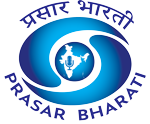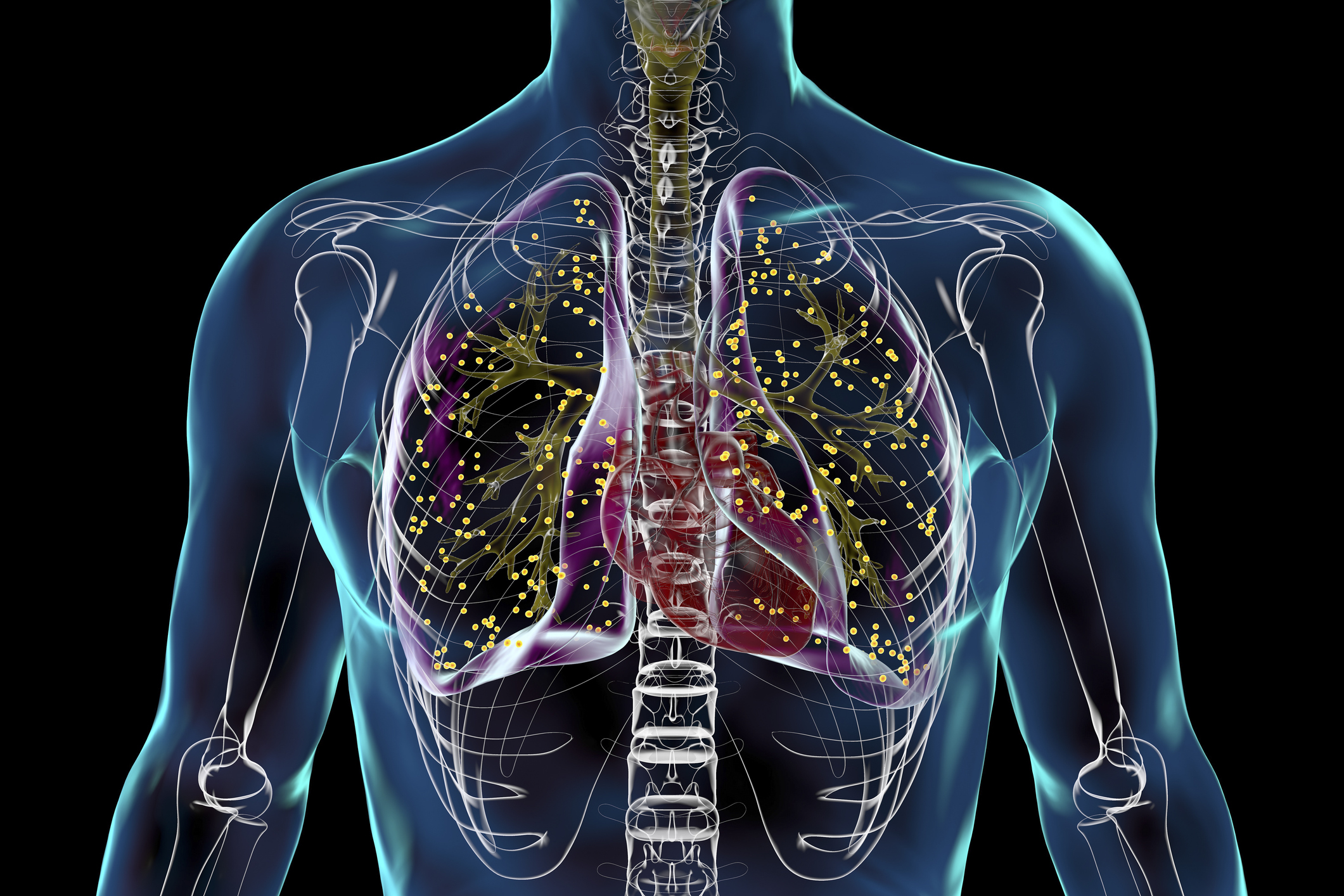India achieved a 21 per cent reduction in tuberculosis (TB) incidence between 2015 and 2024 — nearly double the global rate of decline — according to the World Health Organization’s Global TB Report 2025. The country’s TB incidence dropped from 237 cases per lakh population in 2015 to 187 per lakh in 2024, marking one of the steepest declines among high-burden countries.
India’s innovative strategies, including the rapid adoption of new technologies, decentralised service delivery, and large-scale community mobilisation, have helped expand treatment coverage to over 92 per cent in 2024, up from 53 per cent in 2015. Of the estimated 27 lakh TB cases in 2024, 26.18 lakh patients were diagnosed and placed on treatment. As a result, the number of “missing cases” — those with TB who were not reported to the national programme — has fallen from 15 lakh in 2015 to less than one lakh in 2024.
The country has also maintained stability in multi-drug resistant TB (MDR-TB) cases, while treatment success under the TB Mukt Bharat Abhiyan has improved to 90 per cent, exceeding the global average of 88 per cent.
India’s TB mortality has also seen a marked decline, dropping from 28 per lakh population in 2015 to 21 per lakh in 2024. This progress has been supported by a near ten-fold increase in government funding for the TB programme over the past nine years.
The TB Mukt Bharat Abhiyan, launched in September 2022, has achieved nationwide reach, screening more than 19 crore vulnerable individuals across the country.
The adoption of newer technologies, including hand-held X-ray devices with AI-enabled reporting, an expanded NAAT testing infrastructure, community-mobilization initiatives focusing on vulnerable groups, and Jan Bhagidari (people’s participation) have significantly strengthened early detection efforts. As a result, over 24.5 lakh TB patients have been diagnosed so far, including 8.61 lakh asymptomatic cases
India today operates the world’s largest TB laboratory network, with 9,391 rapid molecular testing facilities and 107 culture and drug-susceptibility testing laboratories. To further strengthen community screening, more than 500 AI-enabled handheld chest X-ray units are in operation, with 1,500 additional machines being deployed across States and Union Territories. Through 1.78 lakh Ayushman Arogya Mandirs, TB care and diagnostic services have been taken closer to communities.
The government has also enhanced nutritional support under the Ni-kshay Poshan Yojana, doubling the monthly Direct Benefit Transfer from ₹500 to ₹1,000 per patient for the entire treatment duration. Since its inception in April 2018, ₹4,406 crore has been directly transferred to 1.37 crore beneficiaries.
Community participation has emerged as a key strength of India’s TB elimination effort. Over 6.7 lakh individuals and organisations have registered as Ni-kshay Mitras, collectively distributing more than 45 lakh food baskets to TB patients. In addition, more than 2 lakh My Bharat youth volunteers have joined the campaign, providing psychosocial support and encouragement to patients.
The Ministry of Health and Family Welfare has expanded a differentiated care approach to ensure individualised treatment for high-risk patients, particularly those with co-morbidities. ASHA workers across the country have been trained to identify early warning signs and refer patients for timely medical attention.














